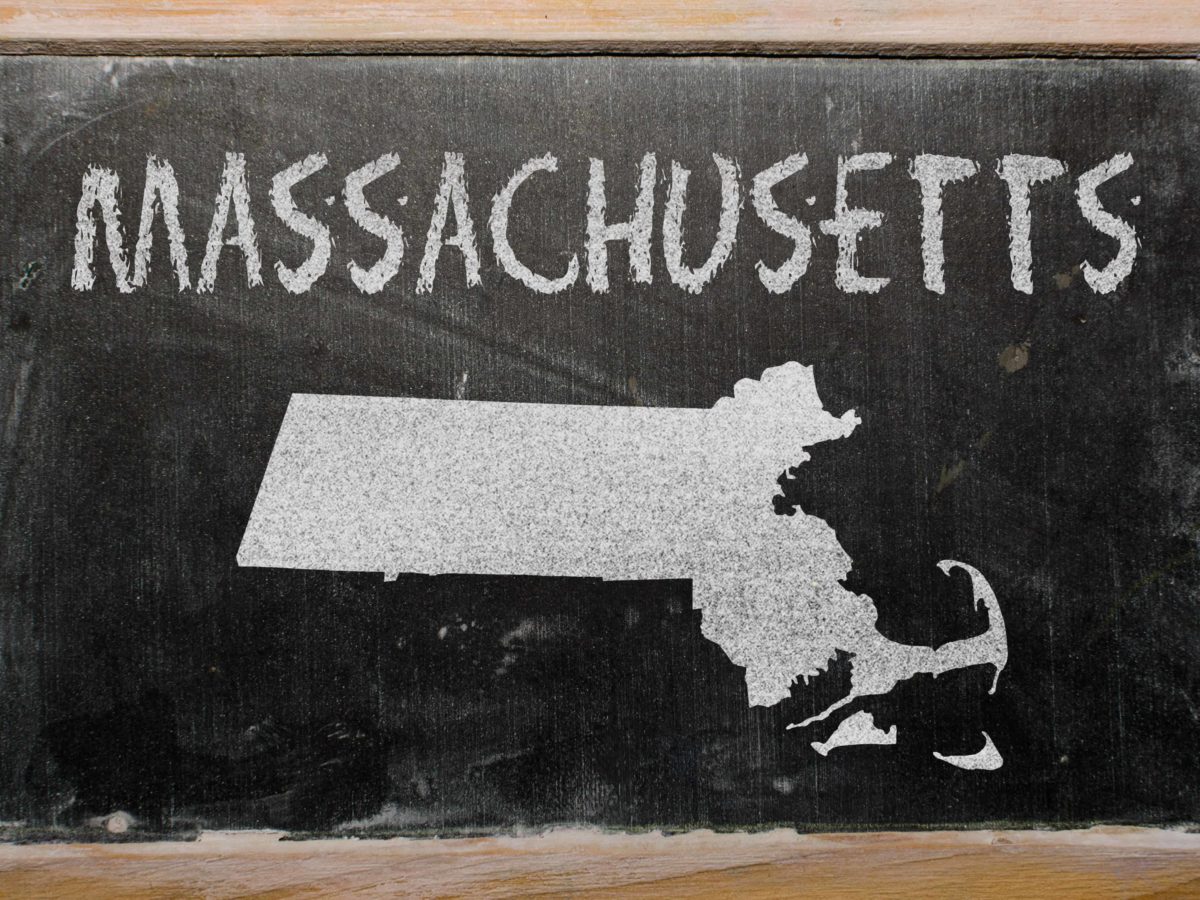

The Boston Globe published last Friday a commentary about Massachusetts that I would like to write one day about North Carolina. The article by Globe columnist Evan Horowitz begins:
“Massachusetts is a rich state because it’s full of smart people. What the state lacks in oil reserves, coal mines and other natural resources, it makes up for with high-performing schools and a well-educated workforce.”
Yes, I’d like to write that North Carolina is a rich state because it’s full of smart people–-or at least to write that North Carolina is on a trajectory to becoming a richer state by lifting up more of its people into the ranks of the well-educated.
The Boston newspaper commentary appealed to me for the explicit linkage of educational attainment and economic well-being. It also appealed for its societal message: that education not only propels individuals into well-paying careers and satisfying lives, but it also creates the conditions in a country, a state, or a community for widening the circle of prosperity.
It’s dicey, I know, to compare and contrast states, with their own distinct geography and history, charms and challenges. Public debate often focuses on how well, or not so well, North Carolina is faring in relation to its Southern neighbors in an era in which the state must measure up across the nation and around the globe to thrive. The point here is not whether Massachusetts or North Carolina, both in the original 13 states, is better, but rather that the Massachusetts experience may hold lessons in the current Tar Heel debate over public education policy.
New England went through an economic trauma in the two decades following World War II. Massachusetts lost nearly 100,000 textile jobs.
“Wisely, the region did not put its stock in reviving eclipsed industries,” Neal R. Pierce wrote in The Megastates of America, published in 1972. Pierce reported that “a solution was found in utilizing the university-based scientific brain power which was almost unique to Massachusetts in the nation.”
Indeed Massachusetts has an awesome array in Harvard, MIT, Boston College, and other higher education institutions clustered in and around Boston. Still, Horowitz reports, recent federal data show that the public University of Massachusetts Amherst “outperforms its private-school partners among the ‘five colleges’ when it comes to getting graduates into decent pay jobs.”
Massachusetts also invested in public K-12 education. Horowitz points to a 1993 education reform law, which instituted standardized testing and poured money into poorer school districts, as a key moment. Now the Massachusetts Department of Elementary and Secondary Education can boast that the state’s students tied for first in 4th and 8th grade reading and in 4th grade math, while outperforming students in all other states in 8th grade math on the National Assessment of Education Progress in 2013.
On the NAEP tests, Massachusetts students scored at the proficient level or above more than 10 percentage points higher than the national average. North Carolina students scored proficient or above at about the national average in math, and slightly higher in reading.
Massachusetts no longer ranks among the top-10 megastates. In the 1980 Census, North Carolina replaced Massachusetts as the 10th most populous state. Now, North Carolina ranks ninth with 9.9 million people, Massachusetts 14th with 6.7 million.
Clearly North Carolina has become much more attractive to new residents and more businesses as the Research Triangle, anchored with three major research universities, has matured and as Charlotte has solidified as a national banking center. The growth spurts of the 1990s and 2000s followed in the wake of North Carolina’s public school reform initiatives and its expanded investments in public higher education.
Still North Carolina has higher poverty rates than Massachusetts: 17.5 percent vs. 11.4 percent among all residents, 25 percent vs. 16.2 percent among children. Median household income in Massachusetts at $66,800 exceeds the North Carolina median by $20,000. North Carolina has a higher share of black residents (22 percent) than Massachusetts (8.3 percent); Massachusetts has a higher share of Latino residents (10.8 percent) than North Carolina (9 percent).
The Kids Count data of the Casey Foundation offer a telling comparison by reporting per pupil expenditures in K-12 schools adjusted for regional cost differences: The most recent calculation put North Carolina at $8,670, well below Massachusetts at $13,157. Average teacher salary in Massachusetts comes in at just about $72,000 – at around $46,000 in North Carolina.
“Massachusetts workers have more school experience than any other cohort in the country, not to mention consistently high test scores,” Horowitz writes. “And this advantage in human capital has contributed mightily to the state’s economic success.”
And yet Horowitz doesn’t gloat. Indeed, he worries that Massachusetts hasn’t produced a burst of reform since 1993 and that the state doesn’t seem willing to invest major funding into early-childhood education.
“The real challenge isn’t to stay smart,” he writes. “It’s to get smarter.”
North Carolina surely has gotten “smarter’’ over the past three decades, as its economy has diversified and the state has become decidedly more metropolitan. Still, the state experienced its own economic trauma in the 2008-09 steep recession that demolished much of its textile and furniture manufacturing.
Now North Carolina faces a decision akin to what Massachusetts confronted a generation ago. Will the Tar Heel state make the smart choice to invest in dramatically enlarging the opportunities for its citizens to drive an economy that runs on smarts?


